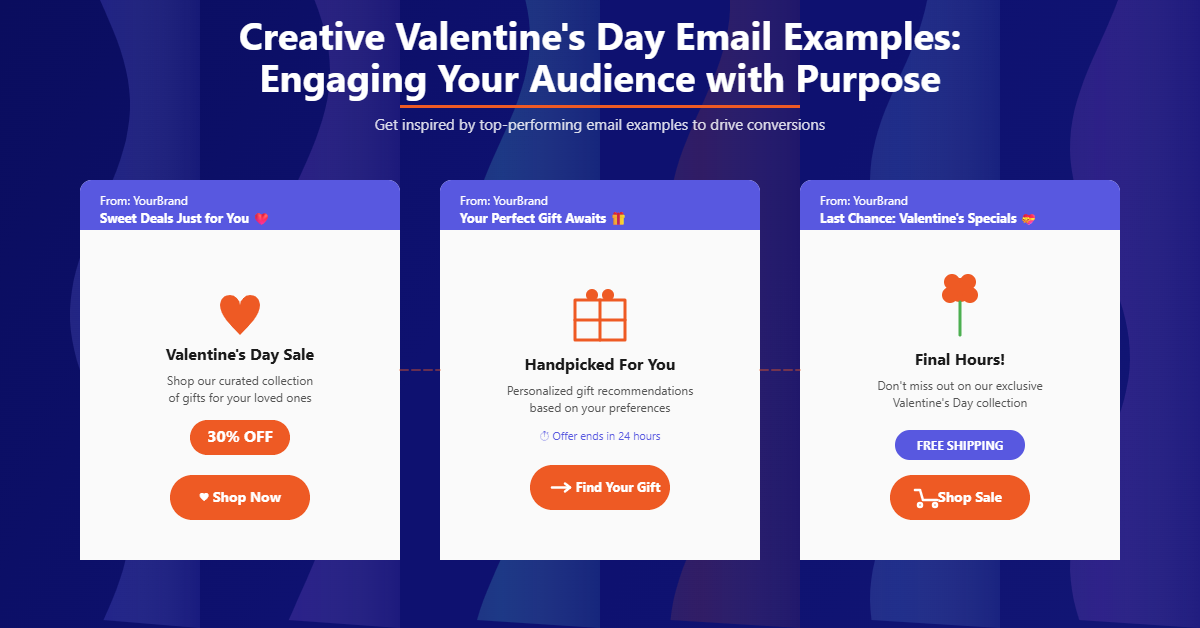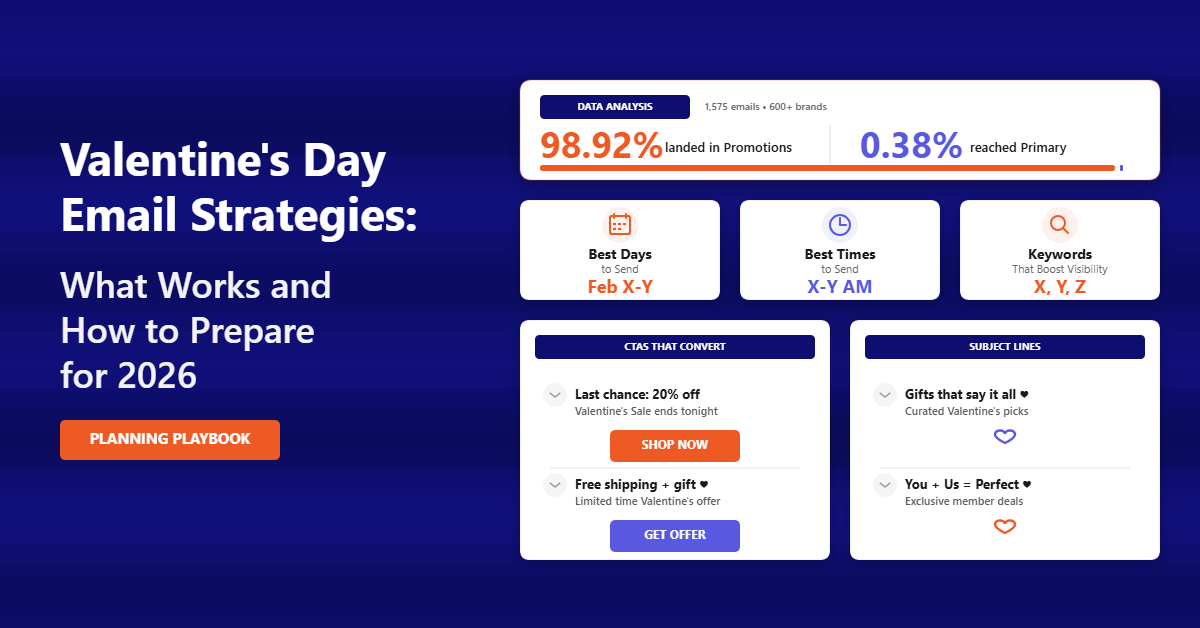If you still haven’t thought about setting up a text message marketing campaign, you’re missing out. Let’s look at how to use automated messaging to make the best use of your time. We’ll look at the steps to take to create your campaign and a few examples of the kinds of messages you might want to send.
What is automated text message marketing?
Of all the digital communication solutions you might be considering using in a campaign, automated text message marketing is one of the most useful.
Automated text messages are simply SMS messages that are scheduled to go out to customers at specific intervals. They can be sent to a regular schedule or triggered by individual events. For example, when a potential customer has left items in a virtual shopping cart but hasn’t clicked through to finalize their purchase.
Other examples of use cases for automated message marketing include:
- Sending special offers
- Reminding clients about an upcoming appointment
- Sales receipt messages
- Important news or status updates (e.g. order tracking)

In general, SMS marketing is seen as a good way to reach out to customers thanks to its cost-effectiveness and reliability. It’s excellent for increasing client retention and promoting engagement. While campaigns can certainly use manual sending techniques, solely relying on that delivery method takes time.
The beauty of automated delivery is that once you’ve set the system up, it’s extremely easy to maintain. Granted, that initial set-up period can take considerable planning and effort. But the benefits of implementing such a system pay dividends in the long run.
Benefits of automated messaging
There are a number of advantages to using this kind of messaging campaign.

Personalization
Everyone loves receiving a message that’s personal to them, and with a well-maintained contact list, this is exactly what you can send. Just because messages are automated doesn’t mean they need to have exactly the same content for every recipient.
Sure, sometimes you may want to send out a bulk message. For example, you might do this if you want to drop a new product announcement. However, a strength of automated text messages is that they can be created to fit the individual.
Make sure to categorize your contact list according to data-driven segmentation analysis so that you send out only relevant messages. For example, you might decide to tailor special discount offers according to how recently each customer has visited your site. You’ll also want to take the customer’s location into consideration, so you don’t schedule messages that arrive in the middle of the night.

Immediate response
One of the most striking elements of any kind of SMS marketing is the speed of response. Most people open SMS messages as soon as they receive them, and if they’re going to act on what they see, they’ll do it there and then.
Time saving (in the long run)
It’s true that the first stage of a text message automation campaign involves a significant investment of time and effort. After all, the messages have to be pitched exactly right. They have to be brief enough to fit the ultra-short form medium of SMS, while engaging enough to encourage a response. That’s a difficult trick to pull off.
However, you could say the same for any number of business implementations such as initializing an automated contact center or setting up a customer feedback survey. Although the initial investment may be considerable, it’s worth it once the service is operational. Time saved is time gained. Automating your marketing frees up staff to concentrate on more complex tasks.

How to use automated text messaging in a campaign
If you’re still reading, chances are you’re interested in implementing this kind of automated campaign. But how exactly should you go about it? Here’s a step-by-step guide:
Step 1 – choose an automated messaging service
While it’s possible to manage the underlying technology yourself, most organizations will be better off outsourcing the technicalities to a third party. Just as you might use a virtual receptionist or auto-attendant phone system provided by another supplier, you’ll find that getting the experts in offers you plenty of flexibility.
Step 2 – add your contact list
You’ve probably been building a contact list suitable for the purpose, but if not, don’t worry. It’s never too late to start. You can offer customers the chance to opt into automated messages at various points. Typically, that could include using pop-ups or sliders on your landing page or the checkout page when they make a purchase.
Of course, most people are reluctant to sign up to lots of services for fear of being bombarded with messages. So it’s likely you may need to offer an incentive like a sign-up discount. Always make sure to be clear about how customers can opt out, too. No-one likes a company that clings on to them when they want to walk away.
When you’re about to upload the data to the messaging service, make sure it’s organized into “phone number”, “first name”, and “last name” columns. This will enable the messages to be compiled correctly.

Step 3 – segment the contacts
As we’ve already established, categorizing the customers on your contact list by demographic or other attributes (e.g. goal, time since last purchase) is vital. If you’ve ever implemented any sort of retail marketing automation, for example, you’ll be aware that knowing your customer is critical to success.
A correctly segmented contact list will result in higher levels of engagement when the messages are sent out. The more you niche down, the greater the level of personalization you’ll be able to deliver.
Step 4 – create the foundations for the campaign
This will be an ongoing project, since your priorities will shift over time. Nevertheless, in the initial phase, it’s best to keep things simple. First, create an autoresponder keyword. That’s a word that triggers automatic opt-in when a customer texts it to your service. With sufficient visibility, this should help achieve an ongoing flow of new contacts.
Then, it’s time to think about what messages you want to send. What is your primary goal for this first phase of the campaign? Increasing your reach? Encouraging brand loyalty? Sales conversions? You may be focusing on several goals at once, and that’s okay.
Tailor your messages to your goals with message templates.

Step 5 – set up message templates
Using automated message templates is the key to your campaign. You’ll be including personalized tags such as [first_name] for that professional touch. Remember that each message needs to be punchy to create impact, so take some time over this step.
Once the templates are all set up, most of the arduous work is done. Now you’re ready to go.
Step 6 – schedule and send out messages
You have a number of options here. The messages can be scheduled to be sent out on a one-off or recurring basis, depending on their purpose. There may also be some which you set up as immediate auto-reply messages—for example, a thank you message for when a customer opts in by text.
Step 7 – monitor performance and revise
This is an iterative process, so it’s crucial to check how things are going. Consider continuous testing of your messaging procedure. What is continuous testing? It’s exactly what it sounds like. Rather than having a single quality control stage, you employ a process-oriented approach.
Some of the metrics you should be looking out for are:
- Number of messages sent out to customers
- Click through rate
- Unsubscribe rate
- Total volume of sales generated
These will give you a clear idea of how successful your campaign is and help you adjust your strategy accordingly.

Examples of message templates
So you’re setting up your campaign, you’ve got your workflow orchestration tools in place and you’re ready to start creating your messages. Here are a few ideas for what those templates might look like:
Reservation confirmation
Thank you for making your reservation at [Organization_Name]. It is confirmed for [Time] on [Date]. Please call or text [Organization_Phone] for further information.
Welcome discount
Hi [First_Name] and welcome to our update list! To get you started, here’s a small thank you from us. Enter code [Discount_Code] to receive 10% off at checkout.
Purchase encouragement
Hi [First_Name], we noticed you have some items saved in your shopping cart. Order by tomorrow to guarantee delivery by Friday!

Office closure notice
Hi there [First_Name]. We’re currently closed for the holiday period and will reopen on [Date]. For further information please visit our website at [Organization_Website].
Appointment reminder
Hi [First_Name]. This is a reminder of your appointment at [Organization_Name] on [Date] at [Time]. We look forward to seeing you then!
Create a messaging campaign with impact
Automated messaging really is the key to time efficiency in an SMS marketing campaign. The good news is that there are any number of task management software tools out there to help you nail your process.
Once you start, you’ll wonder how you ever managed without it. So why not give it a try today?




